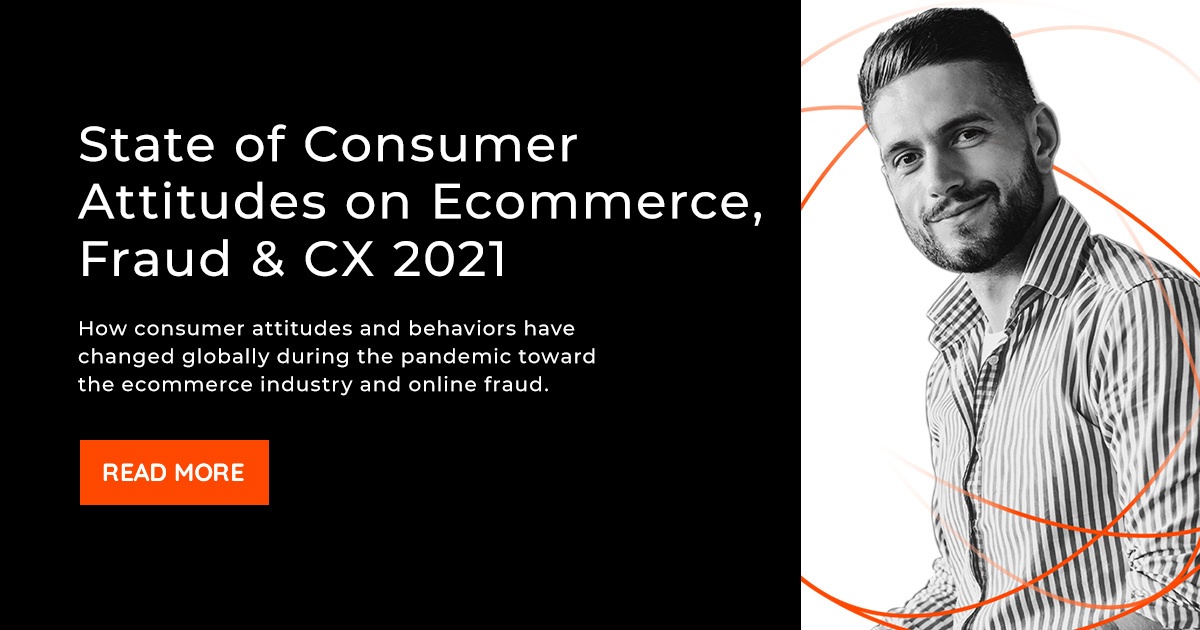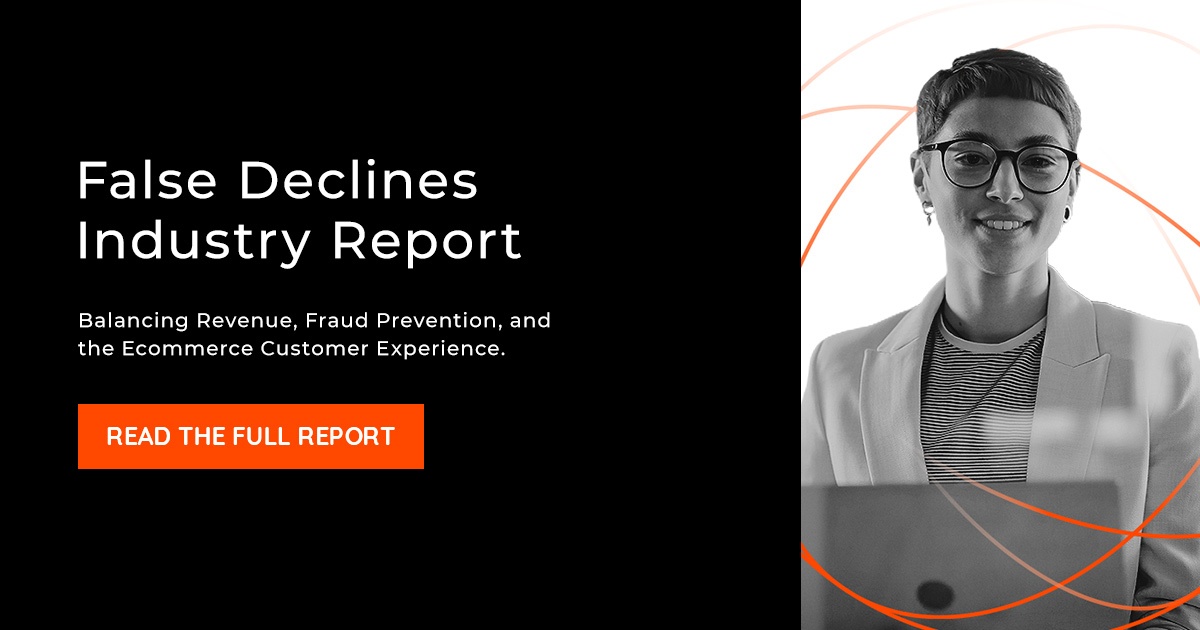Australia's ecommerce market is not only well-established and modern, it's growing rapidly. It also has its own unique shopping culture and consumer attitudes.
In addition to an updated look at the opportunities in Australia, we'll also look at how fraud affects ecommerce there, and will share some smart strategies for reducing the risk of fraud, chargebacks, and false declines while doing business in Australia.
If you're an ecommerce business looking to launch in Australia, this guide is for you.



 Up until the pandemic, cross-border ecommerce in Australia was robust:
Up until the pandemic, cross-border ecommerce in Australia was robust:






























